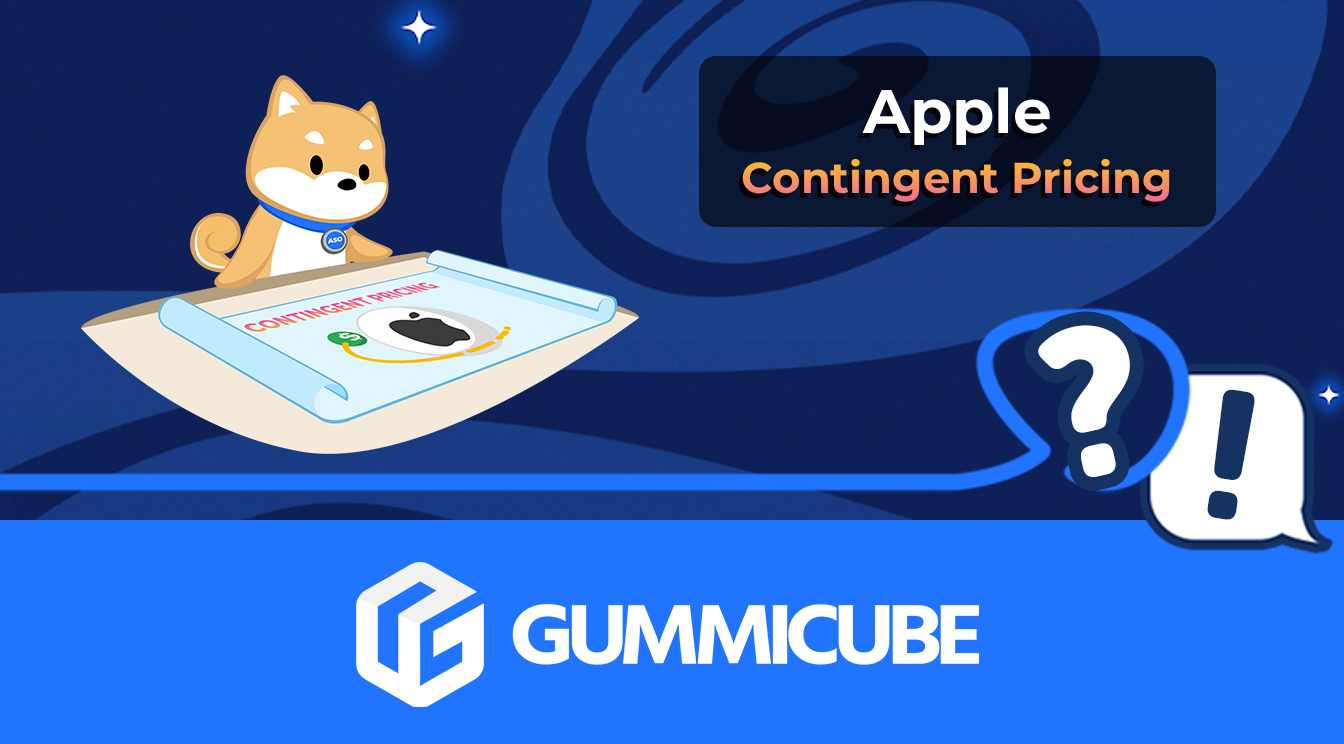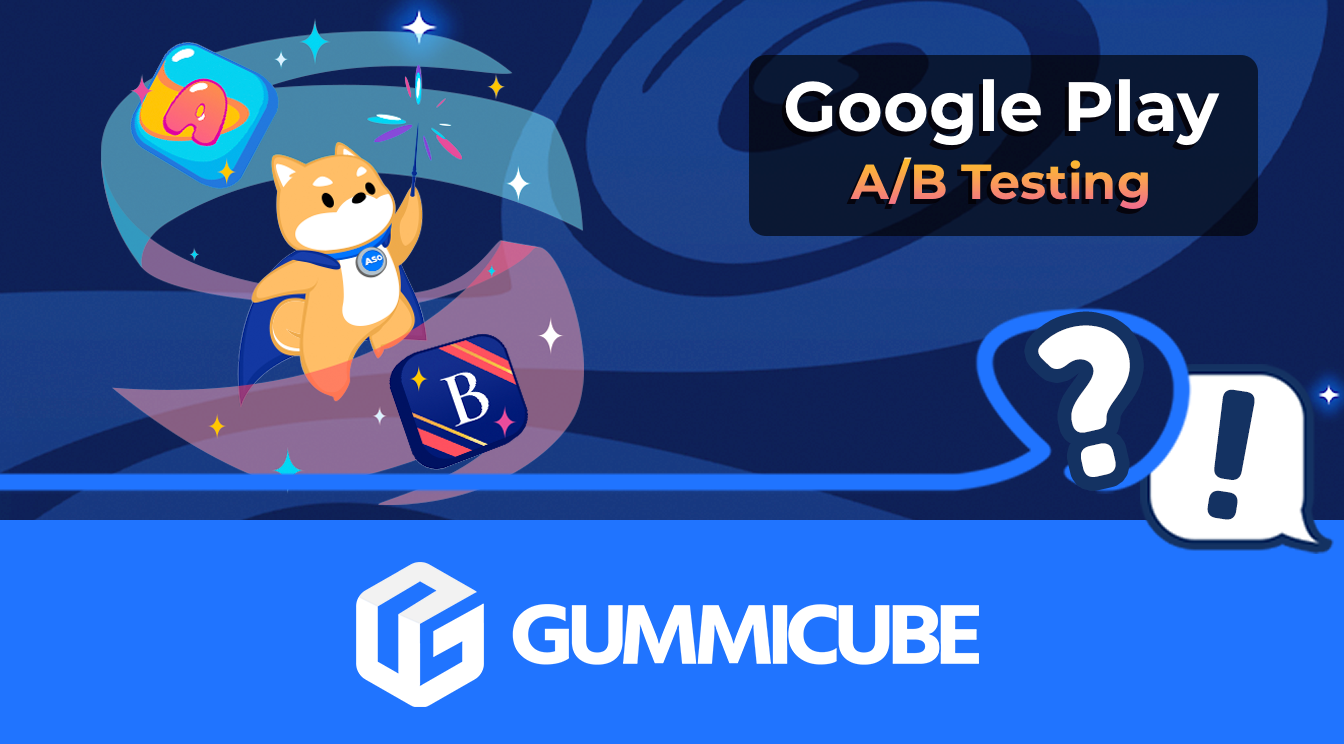
App Store Screenshot Dimensions & Guidelines
Posted on August 1st, 2024
Make sure your app stays compliant with the latest App Store Screenshot Dimensions & Guidelines here

Mobile marketing strategy isn’t a dime a dozen. The key to marketing an app on the app store is fundamentally contingent upon three key factors: keyword optimization, creative optimization, and paid mobile user acquisition. Without these three factors, marketing an app organically on the app stores can be very difficult.
App Store Optimization (ASO) allows us to harness the power of these three factors to create a more robust and aggressive mobile marketing strategy. In the end, you’ll benefit from a strategy that can support you far beyond just the beginning stages of growth.
Whether you're looking to optimize app marketing strategies for android or iOS, the 3 steps to native in-store advertising need to be well understood and subsequently enacted. All of these steps work together to drive discoverability, conversions, and growth synchronously.
Keyword optimization is an integral part of effectively marketing an app within the app store. While not the same as SEO, keyword targeting strategies help apps climb app store rankings for a particular keyword phrase.
Building visibility works on the fundamental principle of relevancy. Building relevancy on the app stores requires a conscious strategy that targets apps that are both relevant and lucrative for your app. Choosing which keywords and phrases are most valuable needs data from ASO technology as keyword search patterns change often and fast.
When an app developer or mobile marketer continuously proves their relevance for a particular phrase, the more likely the app store algorithms consider it to be of higher value.
App store screenshots, app icons, and feature videos are all essential drivers of conversion. If you're wondering how to increase app downloads on the app stores organically, then optimizing your creative set is the answer.
Since these creative elements do not get indexed for keywords as your app metadata does, their sole purpose is to speak to your users. These are excellent areas to include CTA’s, acclaim, features, in-app UI, and other App Store Optimization best practices.
Strong brand elements also work well here for enterprise mobile apps. Similar to traditional marketing, leveraging brand power is a powerful conversion tool.
Mobile user acquisition can be difficult to achieve completely organically. In the saturated app store marketplace, mobile apps often need the help of paid campaigns to boost organic efforts. However, ASO helps drive down the cost of paid mobile app advertising.
One of the main reasons why app store keyword optimization is so important in the beginning stages of the ASO process is that the more relevant you are for a keyword, the less you’ll have to pay for Google Ads and Apple Search Ad bids.
How can you market an app on the app stores in 2022? The answer is simple – keyword, creative, and paid mobile user acquisition optimization. These are all fundamental success factors in organic app marketing. Without these crucial elements, you may be missing out on key opportunities to increase downloads, improve discoverability and decrease your spending on paid app advertisements.
Want to learn more about App Store Optimization? Contact Gummicube and we’ll help get your strategy started.

Make sure your app stays compliant with the latest App Store Screenshot Dimensions & Guidelines here

Soon developers will be able to extend their customer lifetime value with a handy new way of providing subscription offers directly through Apple. Contingent Pricing looks to act as a revolutionary new system for leveraging new upsell & cross-sell opportunities all within Apple’s ecosystem.

Have you ever A/B tested your Google Play listing? If not, you're probably navigating the Play Store marketing blind, and leaving valuable installs on the table.